ADVERTISEMENT
ADVERTISEMENT
ADVERTISEMENT
Bell peppers are the most frequent range of candy pepper commercially handy and are regarded for their attribute bell shape. They come in a vary of beautiful colorations such as green, yellow, red, purple, orange and brown. Their mild, candy taste and juicy flesh make them a staple ingredient in many culinary dishes and salads. Because of this, nearly 1/2 of all domestic gardeners plant some range of candy peppers in their vegetable gardens.
Thankfully, bell peppers are pretty convenient to grow, in particular with the following tips, and take up little house in the backyard in contrast to plant life such as tomatoes or cucumbers. They can even be grown in containers if gardening actual property is in quick supply, such as that on hand on a patio or deck.
1. Start seeds indoors
Bell peppers can without difficulty be grown from seed, commenced both indoors or sown immediately into the soil if stipulations permit. If you stay in an vicinity that experiences bloodless winters, begin seeds inner six to eight weeks before the remaining envisioned frost for your local weather zone. Plant two to three seeds per container and skinny out the weaker seedlings after a couple of weeks.
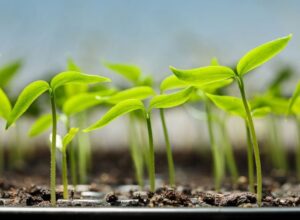
2. Transplant seedlings outside
Pepper flowers want backyard temperatures to be a regular 70 tiers or hotter to flourish. When ambient temps hit this mark, go seedlings outside. Plant them about 24 inches aside in an place that receives lots of sun. This offers sufficient house to develop however places them shut sufficient to assist colour every different in the freshest sun. Choose planting spots with nutrient-rich, well-drained soil.
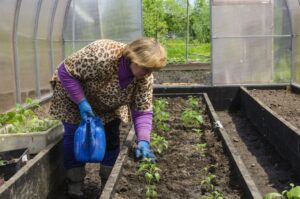
3. Mulch around plants
Mulching round backyard flowers is a really useful step that many human beings frequently overlook. A thick layer of mulch over the soil floor will assist to preserve weeds down, hold soil moisture and preserve the soil cooler over the roots. You can use business bark chips, pine needles, grass clippings or even straw as appropriate mulch.
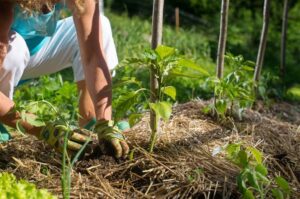
4. Provide adequate water
Pepper plant life will want one to two inches of water per week for most growth, notes Bonnie Plants. This quantity might also want to be multiplied barely when the climate is extraordinarily warm and dry. Water at the base of the plant to keep away from saturating the foliage.
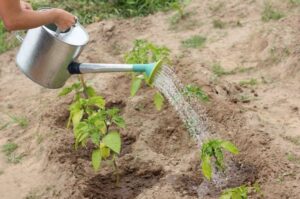
5. Apply fertilizer to promote growth
For most suitable plant growth, bell peppers will want to be fed to fill up vitamins misplaced from the soil. Wait till the vegetation blossom earlier than fertilizing them to inspire fruit production; fertilizer functions prior to this will promote vegetative increase as an alternative of blossom formation.
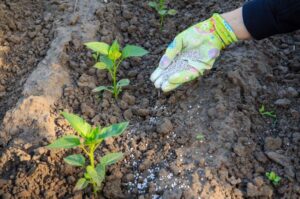
6. Treat pests accordingly
Insect pests can motive a extensive quantity of harm as soon as they infest a vegetable crop. Keep a shut eye on bell peppers to spot infestations quickly. Early remedy can assist reduce injury and ensuing yield loss. Common pests in bell peppers encompass blister beetles, aphids, cutworms, mites, pepper weevils and thrips. Staff at a backyard middle can assist perceive pests and advise gorgeous cure options.
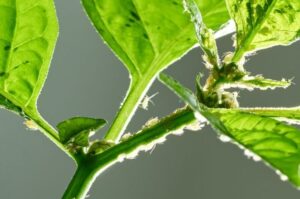
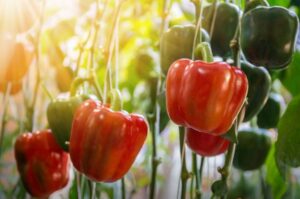
Peppers are geared up to harvest when they attain the dimension and colour you’ll like. A top notch issue of bell peppers is you can harvest them even earlier than the fruit is thoroughly matured. Random fact: Green bell peppers are immature orange, red, yellow or red bell peppers. When harvesting the fruit from the plants, it is higher to reduce the stem 1 to two inches above the fruit as an alternative of pulling off the pepper. That helps keep away from harm to each the plant and the fruit.
Thank you for following me on Facebook , Pinterest !
For more recipes click here!
